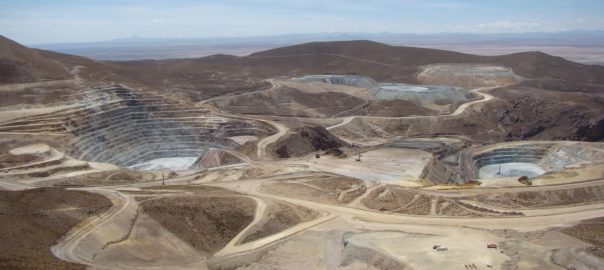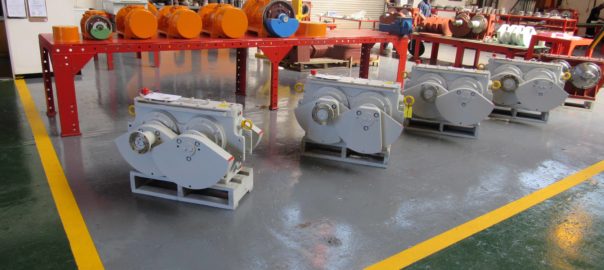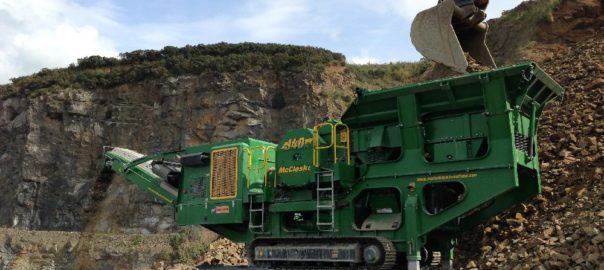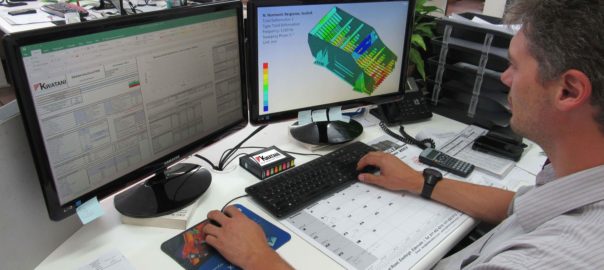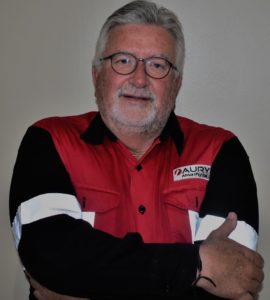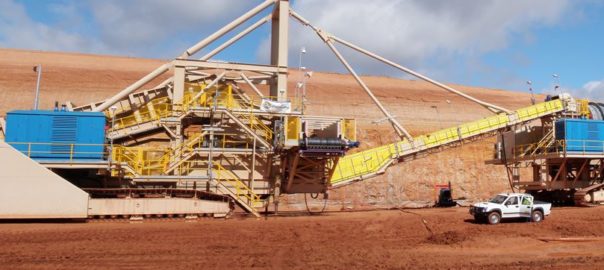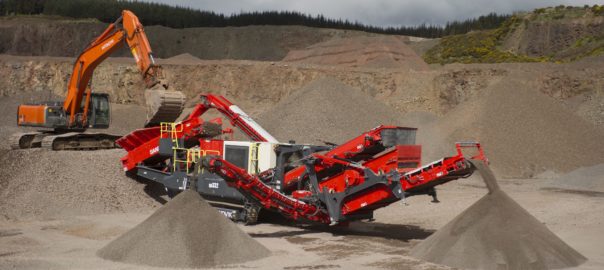A successful full-scale production trial of Australia-developed grade engineering techniques is paying dividends for a South American mine, and its local workers, according to CRC ORE.
Once fully implemented, this is expected to generate an additional A$451 million ($312 million) in profit for the mine and reduce its energy consumption, it said.
Located in the south-western Bolivian province of Nor Lípez, and owned by Sumitomo, Minera San Cristóbal (MSC) is the country’s largest mine. Operating since 2007, the mine produces around 1,500 t/d of zinc-silver and lead-silver concentrates. To achieve this result, MSC needs to move a daily average of 150,000 t of rock – ore and waste.
Part of MSC’s vision is to “develop a model mining operation through safe operations, at low cost, with innovative technology”.
Through its wholly-owned subsidiary, Summit Mining International, Sumitomo is a participant of the Cooperative Research Centre for Optimising Resource Extraction (CRC ORE). Based in Brisbane, Australia, CRC ORE works to minimise the impact of declining grades and radically improve the productivity, energy and water signatures of mining operations, CRC ORE said.
The centre is jointly funded by what it calls ‘Essential Participants’, which includes mining companies such as Sumitomo; mining equipment, technology and services (METS) companies; research organisations; and the Australia Government.
One of CRC ORE’s key solutions developed for the mining industry is grade engineering. “This solution deploys a range of waste rejection technologies that integrate with a suite of separation technologies relevant to ore specific characteristics,” CRC ORE said. “A deeper understanding of the orebody can be achieved, leading to the ability to exploit inherent ore deposit heterogeneity and variability.”
For mining operations such as MSC, this involves an innovative approach to the early separation of ore from waste material, minimising the impact of declining grades and productivity.
CRC ORE and MSC teams conducted site studies and analysis in 2017 to determine the level of opportunity available at the mine by deploying grade engineering, and a great deal of potential was evident.
Since late 2018, CRC ORE and Sumitomo have been working together on a full-scale production trial of grade engineering using screening at MSC. A Metso Lokotrack ST2.8 mobile screening plant, which can process up to 450 t/h, was deployed on site to assist in providing a production-scale testing capability.
The trial focused on upgrading mineralised waste from the pit to determine if grade engineering could efficiently produce a new economic stream of valuable material that could then be combined with run of mine feed through to the concentrator and produce a positive net smelter return.
CRC ORE Chief Executive Officer, Ben Adair, said initial results of the trial were impressive and encouraging, with 66% of value now contained in just 25% of the grade engineered mass.
“So far, results show that by applying grade engineering to areas previously designated as ‘mineralised waste’, the value of grade engineered feed to the mill can be increased by over 2.5 times,” Adair said.
“This has the potential to convert this waste material into high-grade ore feed with associated opportunity to increase metal production and reduce process power and water intensities.”
A 15-20% reduction in energy has been evident in the mine’s SAG mill when processing a combined grade engineered and direct run-of-mine feed, according to CRC ORE.
The success of the grade engineering trial has led to Sumitomo considering deployment of grade engineering techniques for life of mine extensions, CRC ORE said.
MSC Operations Director, Dave King, said: “The big benefit of grade engineering is its potential ability to extend the life of the mine and add over A$451 million in profit to its value.”
To fulfil its goals of knowledge transfer and for its technology to directly benefit the local mining industry, CRC ORE says it has recently commenced similar production trials at Australia mining operations.






